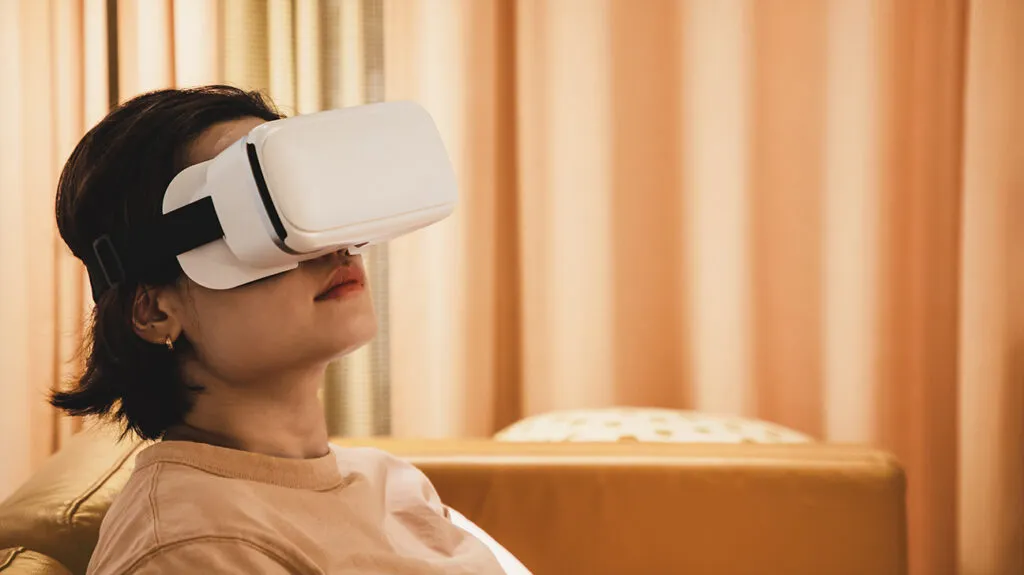5G Technology is a 5th Generation standard for broadband cellular networks and is a successor of a 4G network. In an economy, in which telecommunication is a basic need, the amount of controversy around 5G seems odd. This technology raised so many concerns that anti5G movements have arose in multiple countries (Destiny, n.d.). Although 5G mobile technology promises a ten-fold increase in data transmission rated compared to its predecessor, the method of achieving that can supposedly cause health problems. The higher transmission frequency questions 5G’s fulfilment of radiation safety guidelines (What 5G means for our health, n.d.).
Conspiracy theories lovers will not be content with that but 5G technology features have no incontrovertible scientific evidence to pose risk on public health (Chiaraviglio et al., 2019). On the other side, 5G technology have many positive implications that can make the future simpler and more sustainable.
5G system is not a stand-alone network system yet as it still needs active 4G support for the initial connection. The introduction of Artificial Intelligence into the system will enable to solve this problem of 5G along others (Pisarov & Mester, 2020). Cooperation with AI can also solve 5G technical problems such as optimization, detection, and estimation (Pisarov & Mester, 2020). 5G technology will then open new possibilities in robotics, helping robots tooperate within broader ‘smart’ environments’. Moreover, because it enables Internet of Things Technology, 5G is essential for the smart city concept. It will play an important role in information gathering through sensors.
5G can have a major impact on self-driving car technology making the reaction time frame of those vehicles minimal so they can be considered safer than human-controlled vehicles (Pisarov & Mester, 2020).
I believe that within a few years of improving the system, 5G can make every emerging technology around us operate faster and more efficiently.
References:
Chiaraviglio, L., Fiore, M., & Rossi, E. (2019). 5G Technology: Which Risks From the Health Perspective?
Destiny, T. (n.d.). Conspiracy theories about 5G networks have skyrocketed since COVID-19. The Conversation. Retrieved 6 October 2022, from http://theconversation.com/conspiracy-theories-about-5g-networks-have-skyrocketed-since-covid-19-139374
Kachhavay, Meenal G., and Ajay P. Thakare. “5G technology-evolution and revolution.” International Journal of Computer Science and Mobile Computing 3, no. 3 (2014): 1080-1087.
Pisarov, J., & Mester, G. (2020). IPSI TAR July 2020—The Impact of 5G Technology on Life in the 21st Century. 16, 11–14.
What 5G means for our health. (n.d.). Retrieved 6 October 2022, from https://www.nature.com/articles/d42473-019-00009-7


